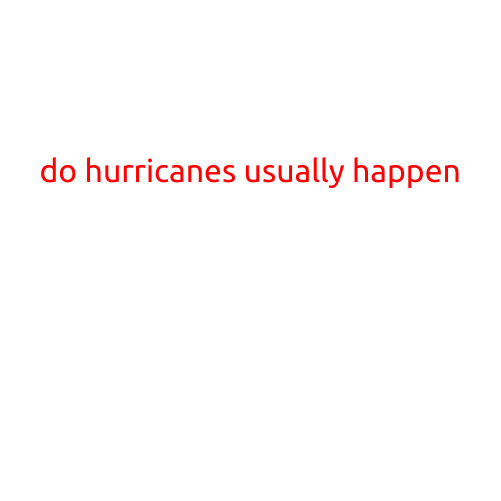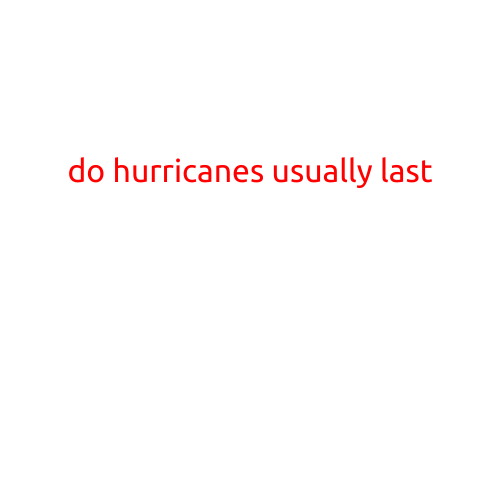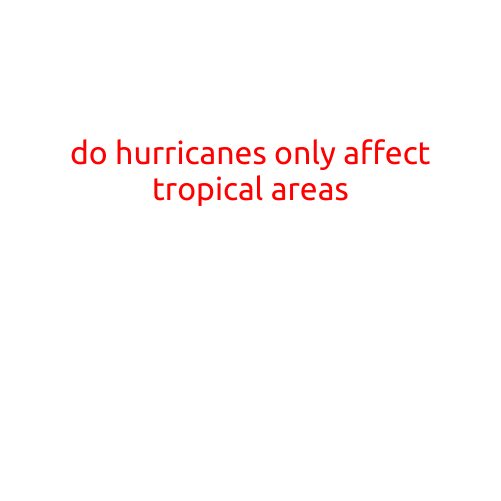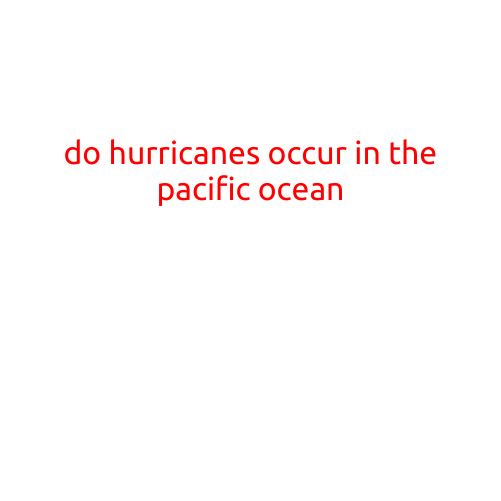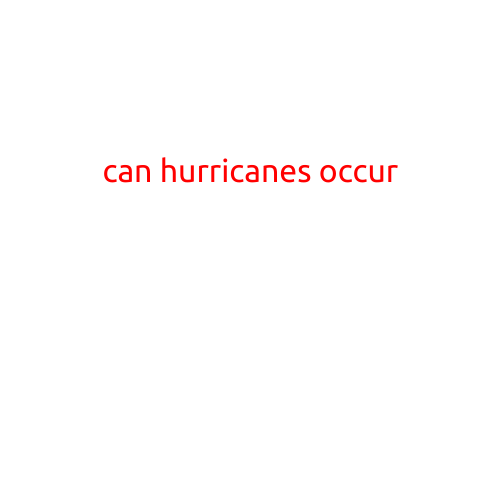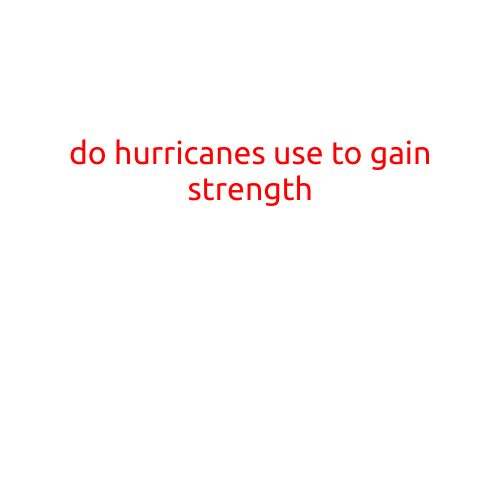
Do Hurricanes Use Wind Shear to Gain Strength?
Hurricanes are powerful tropical cyclones that form over warm ocean waters, and one of the most critical factors that influence their strength is wind shear. But have you ever wondered if hurricanes actually use wind shear to gain strength?
The short answer is yes, but it’s not as simple as a straightforward “yes” or “no.” Wind shear plays a complex and nuanced role in hurricane development and intensification. In this article, we’ll delve into the relationship between wind shear and hurricane strength, exploring the subtle interplay between these two vital factors.
What is Wind Shear?
Wind shear, also known as atmospheric wind shear, refers to the change in wind speed and direction with height. It’s the difference in wind speed or direction between two layers of air, typically the surface layer and the upper-level winds. When there is a significant change in wind speed or direction between the two layers, it creates an area of stress that can hinder hurricane development and intensification.
How Does Wind Shear Affect Hurricanes?
During the early stages of hurricane formation, wind shear can have both positive and negative effects. In the first 24-48 hours, low to moderate wind shear (<10-15 knots) can help to:
- Foster development: Wind shear helps to create a rotation axis, allowing the tropical cyclone to develop and strengthen. Low wind shear allows for a more organized circulation, enabling the storm to tap into the warm ocean waters and release heat.
- Displace the centre: Wind shear can shift the storm’s centre away from the existing weather patterns, allowing it to move towards more favorable conditions.
However, as the hurricane approaches maturity, wind shear can have a detrimental effect:
- Inhibits intensification: High wind shear (>10-15 knots) can disrupt the storm’s circulation, making it difficult for the hurricane to release heat and conserve moisture. This can hinder the growth of strong clouds, convection, and updrafts.
- Prevents rapid intensification: High wind shear can prevent rapid intensification by creating an environment where the storm’s vertical growth is limited, reducing the opportunities for convection and explosive growth.
Do Hurricanes Use Wind Shear to Gain Strength?
So, do hurricanes use wind shear to gain strength? The answer is a conditional “yes.” Hurricanes can use wind shear to a certain extent to gain strength, but this occurs during the early stages of development. In these initial stages, low to moderate wind shear can foster development and organization, allowing the storm to tap into the warm ocean waters and release heat.
However, as the hurricane approaches maturity, high wind shear can hinder intensification and rapid growth. In these situations, the storm may need to undergo secondary development or adjustment to its circulation before it can intensify further.
Conclusion
In conclusion, wind shear plays a crucial role in hurricane development and intensification. While hurricanes can use low wind shear to gain strength during the early stages, high wind shear can inhibit intensification and rapid growth. Understanding the complex interplay between wind shear and hurricane strength is essential for predicting and preparing for these powerful storms.
As we continue to monitor hurricanes and their impacts, researchers and forecasters will need to refine their understanding of wind shear’s role in hurricane development and intensification. By doing so, we can improve our predictive capabilities and ultimately save more lives and property from the fury of these powerful storms.
